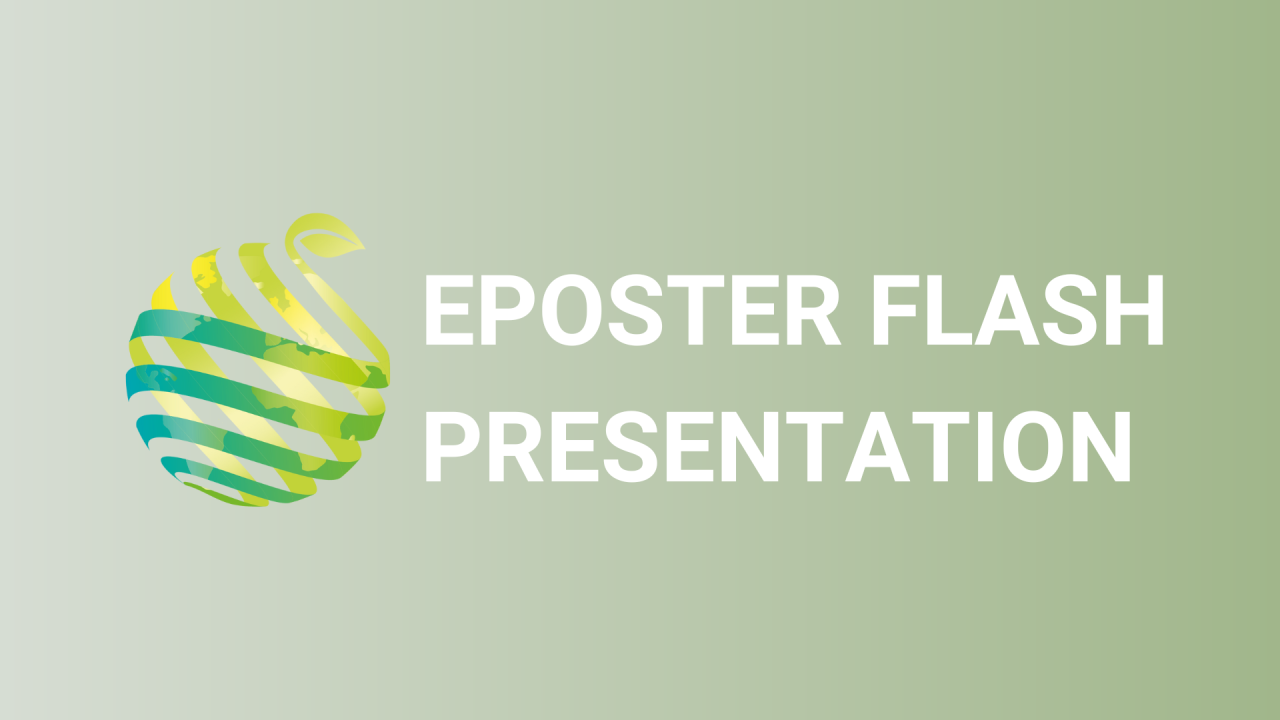

S04 - Session P1 - New Tools II - In vitro germination of mature embryos from “Abies nebrodensis”, an endangered species in Sicily
Information
Authors: Nourhene Jouini *, Maurizio Lambardi, Carla Beneli, waed tarraf, Tolga Izgu, Maria Antonietta Germanà
Abies nebrodensis (Lojac.) Mattei (Nebrodi fir or Sicilian fir) is a Sicilian endemic species critically endangered. The strong logging and erosion have limited the residual population to only 30 adult trees, located in Madonie Park, leading to its classification as a critically endangered species by the International Union for Conservation of Nature (IUCN). Initiatives for the conservation of the Sicilian fir started from the '40s of the last century. Although the efforts previously carried out to preserve it in situ and ex situ , Nebrodi fir needs to be further protected and innovative methods could be useful. Therefore, a new project was founded, named LIFE4FIR, proposed to save this precious conifers species with new approaches and advanced biotechnological tools. Thus, a highly in vitro propagation protocol, seed and cryo-bank establishment is urgently scheduled. One of the starting points of this study is to test in vitro germination of the zygotic embryos obtained from open pollination. Seeds gathered from mature cones of Abies nebrodensis adult trees were maintained under 4 °C up to 6-18 months. Lack of embryo in seeds from this species present a limit factor for its propagation. Therefore, mature seeds from 10 different genotypes were weighted and X-ray test was established to identify full seeds. Two media were tested: MS medium hormone free and MS supplemented with 0.5 mg L-1 GA 3 . Moreover, germination was proved from mature embryo also after a cryopreservation essay in liquid nitrogen. Callus induction from mature and immature embryos was assessed in various culture media. Embryogenic tissue induction was achieved from mature zygotic embryo as a first time with this species according to previous studies. In vitro culture was carried out with the purpose to supply somatic embryos from this endangered species for the cryo-bank conservation.